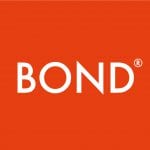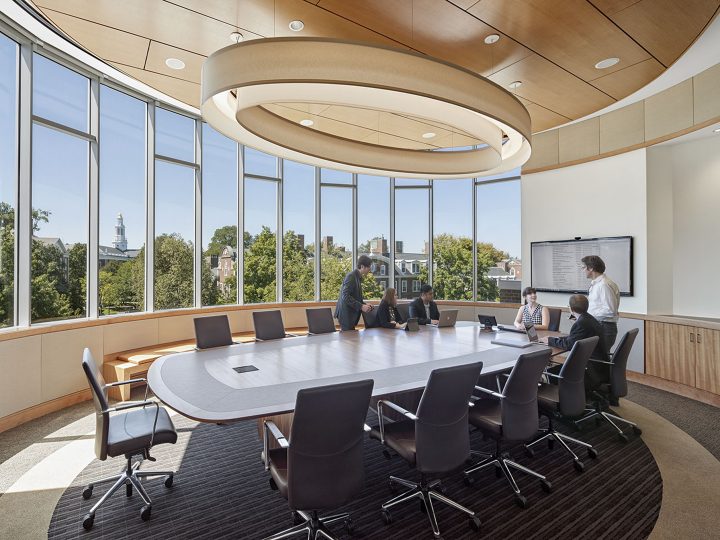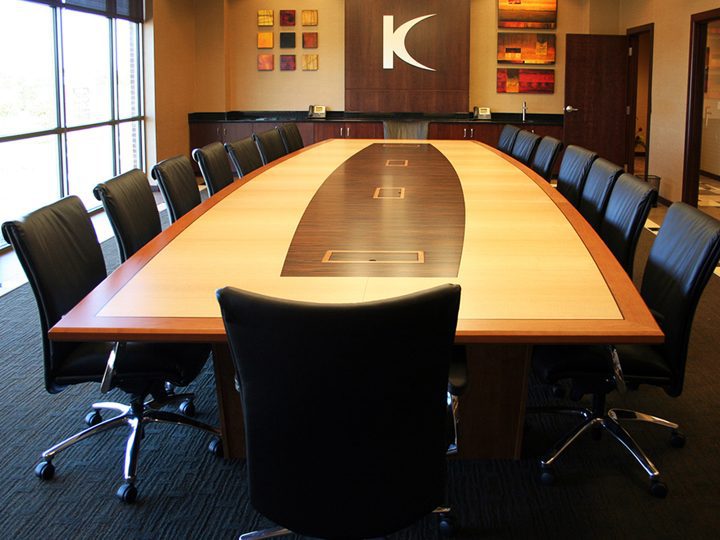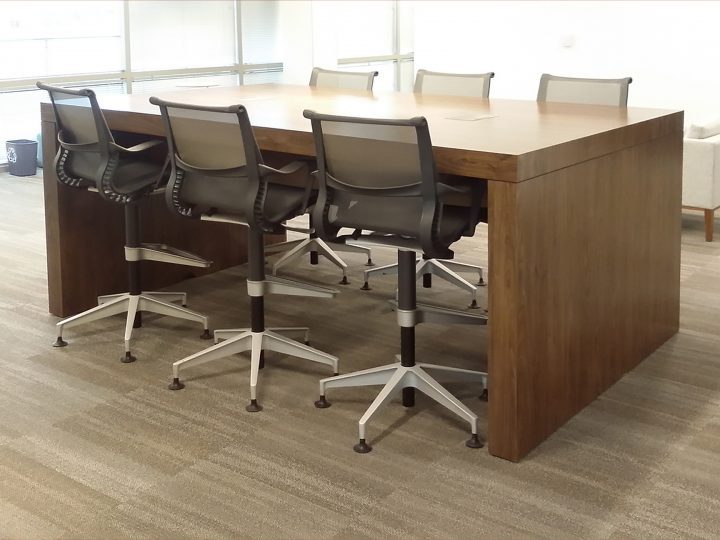What’s even better than a glowing case study? A totally independent one...

Paul Downs is Founder and CEO of Paul Downs Custom Tables and Furniture. He makes bona-fide, custom furniture of the type that you won't find in a catalogue and has been doing so for nearly 30 years.
Paul doesn’t make the tables anymore – his craftsmen (and women) do. But, Paul, being the sensible and ambitious Founder and CEO that he is, recently embarked on a year-long campaign to stop relying so heavily on Google AdWords. Ultimately, Paul was looking for a way to meet and spend some meaningful time with the world's best custom architects - the ones with real influence over who and what gets specified in large-scale custom projects.
Now, Paul knows that top-level architects and designers are notoriously difficult to meet but he had a hunch that if he could just get himself and his products in front of such a discerning and influential audience, that they would ‘get’ what was so special about his wonderful tables. Better still, these custom project influencers could potentially specify his custom pieces at scale for their clients...
Paul had heard about BOND. In fact, he had planned to attend BOND Custom in 2020 but the pandemic made that impossible. And so, 3 years later, Paul got on a plane to San Antonio to attend his first BOND Custom.
Soon after his return, a company called 21 Hats caught up with Paul to see how his quest was coming along. 21 Hats’ mission is ‘to build a community of business owners who compare notes, share their wins and losses, and learn from each other.’
Here is part of the transcribed version of that podcast, entitled ‘We Need to Go Back to Marketing for Humans’. If you are interested in seeing an independent case study of a specialist manufacturer attending their first BOND event, look no further. We hope you find it useful.
Introduction:

This week, Paul Downs tells Jay Goltz and Jaci Russo about the latest developments in his year-long campaign to stop relying so heavily on Google AdWords. At a specially arranged, two-day marketing event, Paul got to sit down with a series of architects and designers who had already been vetted and who he hopes will become repeat customers. So far, Paul says, the results look promising. Plus, we also discuss: Do you write your website copy to please Google or to please people? Is there any way around skyrocketing property insurance rates? Why has Jay decided he no longer needs a chief financial officer? How big a disadvantage to owners are the new laws forbidding employers from asking job candidates about their salary histories? And would you reject a candidate simply for trying to negotiate a starting salary? I know someone who would.
Guests:
Paul Downs is CEO of Paul Downs Cabinetmakers.
Jay Goltz is CEO of The Goltz Group.
Jaci Russo is CEO of BrandRusso.
Producer:
Jess Thoubboron is founder of Blank Word.
Full Episode Transcript:
Loren Feldman:
Welcome Paul, Jay, and Jaci. It’s great to have you here. Paul, I believe the last time you joined us, you told us you were preparing for a big event organized by the marketing firm you hired, where you would be sitting down with a bunch of potential customers. Do I have that right? And did that happen?
Paul Downs:
You are correct. And it did happen, yes.
Loren Feldman:
How did it go?
Paul Downs:
I would say it went really, really well. This was an event that put us in direct contact with a target audience that is very difficult to reach by other means.
Loren Feldman:
Give us a quick update. This is part of your marketing campaign where you are trying to reach a different audience.
Paul Downs:
We’re trying to get beyond Google searches driving our business and make inroads into a different way of selling our product that we have not had a ton of success with, and that’s through high-end architects specifying custom tables for their clients. And so we had 27 half-hour meetings over two days. And I have been working on four solid projects.
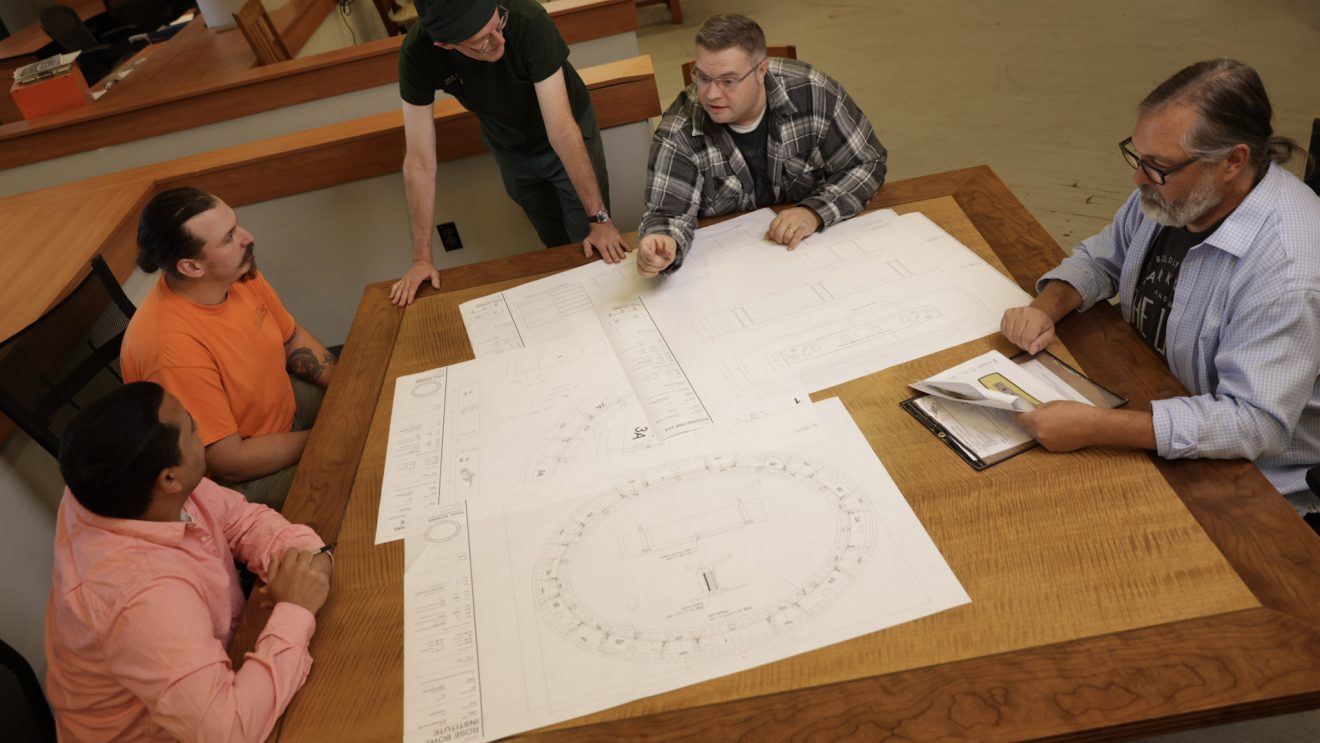
Loren Feldman:
It sounds like speed dating. Is that kind of the idea?
Paul Downs:
It is like speed dating. And it was actually a really well-managed event down in San Antonio at a fancy resort. And they delivered what they promised, which was a chance for us to meet, explain what we do, and have an actual personal connection with a target audience, which is pretty well insulated from outsiders by any other means.
Loren Feldman:
How did you get them to come?
Paul Downs:
I didn’t get them to come. Event organizers get the architects to show up. And we asked most of the ones who we talked to, “Do you do this often?” And most of them had either been multiple years, or their firm had been multiple years, and this was their first year attending. So the firms see value in this kind of relationship with a vendor where they get a chance to see what someone does without the usual email and blah, blah, blah.
Jay Goltz:
So wait, first of all, it’s not like speed dating at all, in that you want to get everybody. In speed dating, you’re looking for one person. So correct me if I’m wrong, is this not like basically a virtual trade show, where they don’t have to get on a plane to go to a trade show, they get to talk to vendors?
Paul Downs:
It’s not virtual. You do have to get on a plane and go talk to people. The difference between having a meeting with someone across a table and over Zoom is, to my mind, just incredibly different—which makes sense. That’s what our product is all about, which is getting people in the same room.
We had requested something like 18 meetings, and then we found that quite a few of the people were requesting to meet with us, because we do have a unique product that they were interested in. And so we’ve already got four active projects out of this with a value probably in the range of half a million bucks, which to me is an enormous success. And we haven’t even even started our follow-up so much.

Jay Goltz:
So was it like a one-person trade show?
Paul Downs:
No, there were somewhere between a dozen and 20 different vendors. And I think there was something on the order of 60 architects and interior designers.
Loren Feldman:
Did they come knowing what you do and with a certain amount of interest to begin with, or were you starting from scratch?
Paul Downs:
So one of the things that was also good about this is that you have a lot of information going both directions. So we filled out a description of who we are and what we do that was available for all the attendees to take a look at. And then we had detailed information of every single person, and we could make a choice out of everybody who was attending who we prioritized as wanting to meet.
And so I prepared with my marketing manager. We sat down and went through the resume, the LinkedIn, the website, for every single person and prepared a briefing document: had their picture on it, had their LinkedIn, had what they do, had where their office was, projects they were working on, which we were provided with, and then also projects that were similar that we had worked on so that we had a pretty tailored response to each person. And I feel that that made the meetings much more productive. We really prepared for it.
Loren Feldman:
Paul, was this your event?

Paul Downs:
It’s put on by an English company called BOND organization, and they do a variety of different shows that are of this type where they put vendors and buyers together. They’re really focused on the architecture and interior design industries. And they have managed to get pretty much the top firms in the world onto their train. And so it was a great chance for us to go and meet some of the people who we really are dying to do business with, but it’s hard to break your way through just by going and banging on the door and sending an email and making a phone call. You just don’t get the access that we got on this show.
Jay Goltz:
So, I’m a little confused. Neocon is in Chicago. It’s the big show. Why wouldn’t they just go to Neocon? What’s the difference? This is a very small thing. Is it a niche Neocon where there’s a difference between the vendors that were, here versus going to Neocon, which is the big design show in Chicago once a year?
Paul Downs:
Have you been to Neocon, Jay?
Jay Goltz:
Yeah, years ago. I haven’t gone lately.
Paul Downs:
I mean, it’s just a gigantic scrum. And I think that it’s not actually conducive to conversations in the way that this was. And also, I would never exhibit at Neocon. It just doesn’t make sense for me. But this venue gets me to the subset of people who might possibly go to Neocon who I’m actually interested in. So instead of having to wade through 25,000 people, I’ve got 24 or 27 who I really want to meet.
Jay Goltz:
No, I totally get your side. I’m trying to understand: What was the sales pitch to these companies to come to this very mini-trade show? What was the sales pitch to them?
Paul Downs:
I don’t know. Probably: You’re going to meet some vendors who are going to be useful to you. And it’s not Neocon.
Jay Goltz:
Of the people that were there, were you all custom-made? There must be a common denominator to everybody who was there.
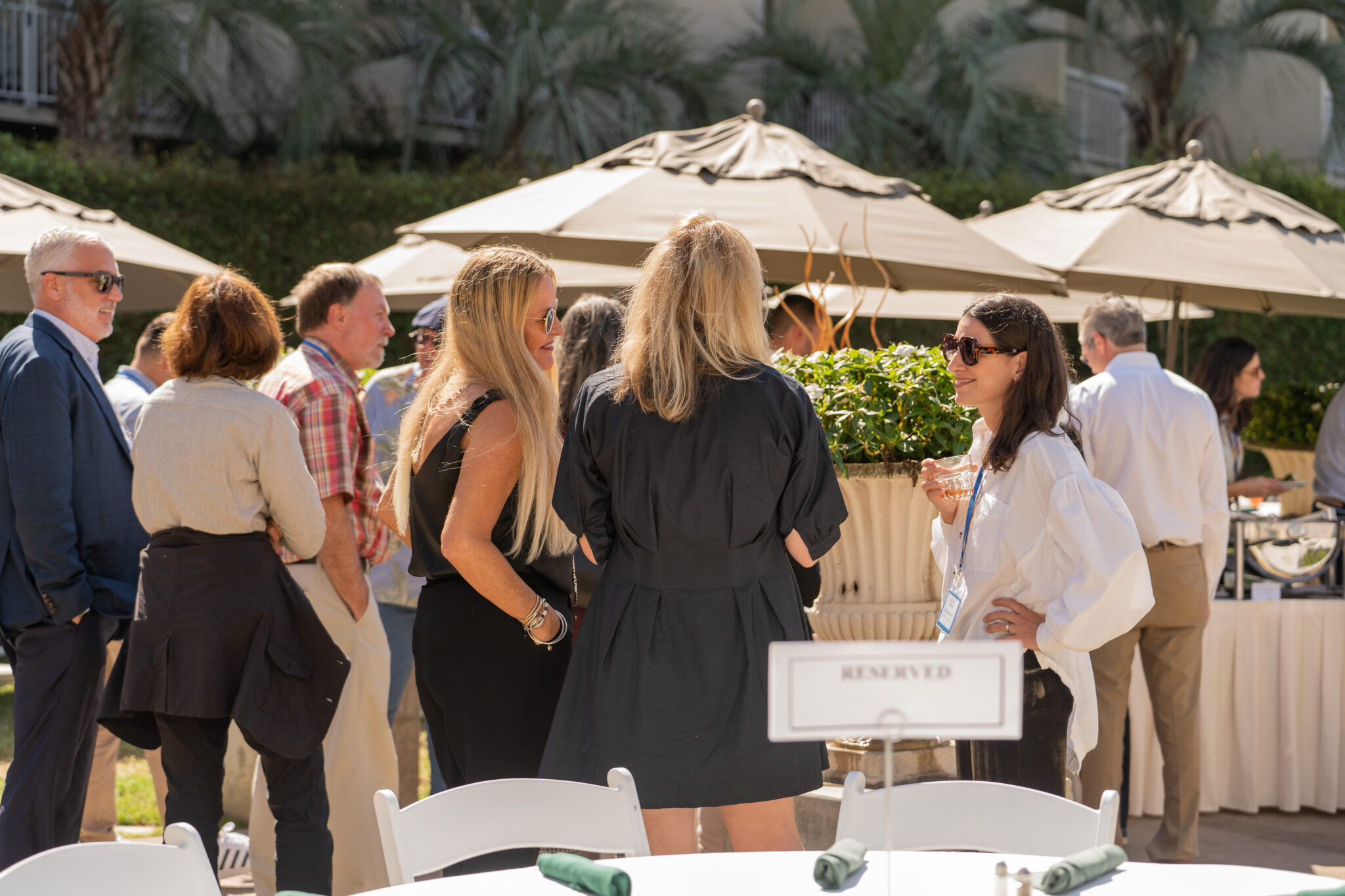
Paul Downs:
The common denominator? It’s a good question. There wasn’t an apparent common denominator. We weren’t all furniture makers. And I had first been approached by this outfit in 2018 and was about to actually do the show in 2020, when COVID screwed that all up. So it just took a while to get me around to it. I’m not sure how BOND finds the people who they try to talk into doing this. But that’s clearly a curated bunch of vendors, because otherwise the architects would be like, “I don’t want to meet these clowns.”
Jay Goltz:
Well, no, it would have turned into another Neocon. Were they mostly custom?
Paul Downs:
No, there were a couple that were sort of custom. At this end of the architectural practice, a lot of stuff is just custom, like your glass, your building envelopes. But there were a couple of guys —I think there was one that was selling the air hand-dry things you have in the washroom. You know, everybody needs a pile of those. So that made sense for them, and they had a pretty big showing there. And I think different people just made a decision that, “Yeah, this is how I want to do it.” The total cost to me was, at the end of the day, about $35,000: $22,000 for the show and the rest for all the other stuff we’re doing around it.
Loren Feldman:
Which is part of the overall marketing campaign that you’re spending a lot more on.
Paul Downs:
Well, I’m kind of done with the spending parts of that campaign, in that we have built a new website, developed content for it, completed all of the filming and photography and market research that the marketing guys did. That’s all done, but those two things that were between them—about 100 grand—that’s all completed. So next year, I don’t have to do that.
Loren Feldman:
And the new website is aimed at the same audience: designers and architects, right?
Paul Downs:
Yeah, it’s aimed at the designers and architects audience...

...You can continue to read the full transcribed version or listen to the podcast audio here.
Meanwhile, if you'd like to find out how BOND's architect and designer events can help you get your products specified by the world's best architects and designers, please get in touch today.
